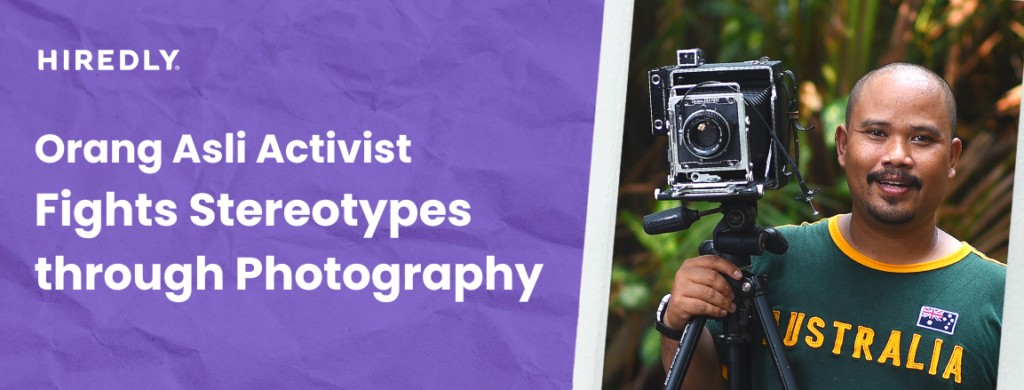Ronnie Bahari or affectionately called Papa Ron, is a photographer, activist and lover of culture and heritage.
This Temuan-Semai photographer has honed his skills for over 20 years. With an inspiring tale to tell, we ask Ronnie how he carved his niche and what makes his career in photography a meaningful one.
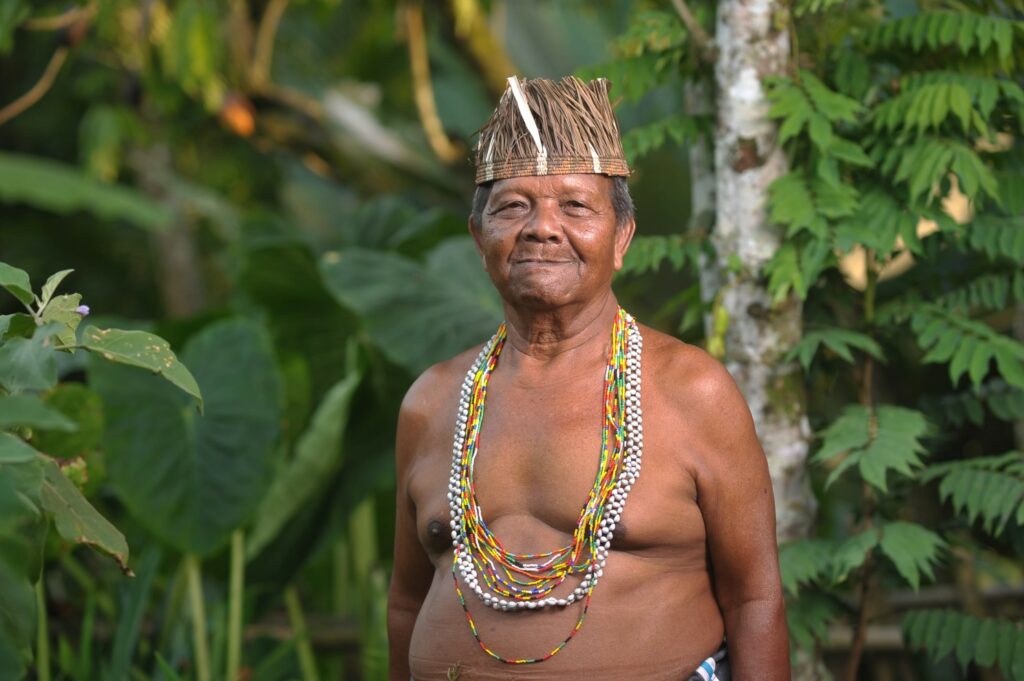
Q: Tell us how you began your career as a photographer.
Before photography, I worked as a kitchen helper, a travel agent, a coordinator and even did sales.
I’ve had an interest in photography ever since I was in school. I was always fascinated by people holding their cameras and taking pictures. I made a promise to myself then that I will one day own my own camera.
I only got the chance to study photography and get myself a camera after I started working. It was a Nikon F-601 – a film camera. I started with film photography and then eventually explored digital photography.
Q: How did you learn photography?
When I bought my first camera, I played around with it and made many mistakes so the pictures didn’t turn out the way I wanted them to. But I kept experimenting and learned what I could from photography books and magazines – at the time the magazines were expensive and only available in English.
Once I was ready, I took my first class with a local photographer. As I studied, I continued experimenting and developing the photos myself. Any equipment that I couldn’t afford, I will DIY. I created my own filters from observing other people’s gears. The limitation made me very creative.
Q: Your photography centers around the Orang Asli community and portraiture. How did you find your niche?
When I began my photography journey, I wanted to differentiate myself from others so I set out to find a niche that would do just that. I looked for something that was close to my heart, and that was the Orang Asli community.
Not many are able to capture the true stories behind the people of my community, and the people that do, at times portray us in a way that furthers inaccurate stereotypes about us. There’s also very little representation in the way we look.
Seeing that, I made it my purpose to fight the stereotypes and give accurate representation to my people. I may not be able to tell stories in writing, but I am able to tell them through my artwork.
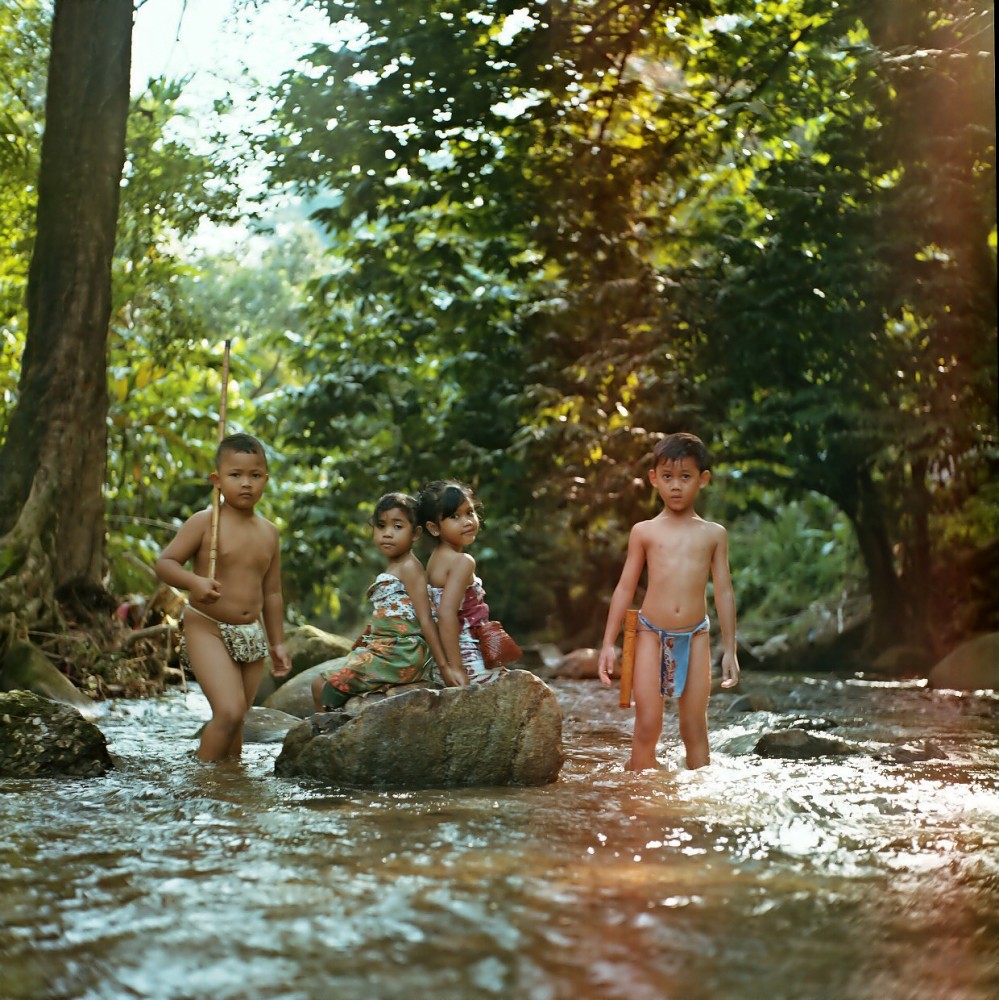
Q: What do you wish to achieve with your photography?
I aim to use photography to show the many faces and stories of the Orang Asli people. I want the Orang Asli to feel confident and proud of their culture and heritage. It’s very sad when I find that some of us shy away from our cultural identity. I make it my mission to change that.
Q: Have you yourself shied away from your Orang Asli identity?
I’m very thankful that I’ve always been proud of my heritage. It’s something my parents instilled in me since I was young. They told me to bring my identity and heritage with me wherever I go and to never be ashamed of it.
So when I create my artwork, I want to educate the public of the different Orang Asli tribes – this is what they look like, this is what they do. We are modern Malaysians just like anyone else.
Q: What challenges do you face as a photographer who makes it a mission to bring light to the Orang Asli heritage?
I didn’t really have any support from friends or organizations back then, but I believed wholeheartedly that someday my artwork will receive the attention and recognition it deserves, so I just had to persevere.
Now, my photography has gained traction, not just from the Orang Asli community, but other Malaysians as well as the international community. It’s a great honour when the Orang Asli museums approach me to collaborate on exhibitions or displays.
There are still instances of people condemning my photography of Orang Asli but I try to not take it to heart. I take what’s constructive and leave the rest. I am very blessed to have a wonderful support system now. My wife, kids and friends all support this career of mine.
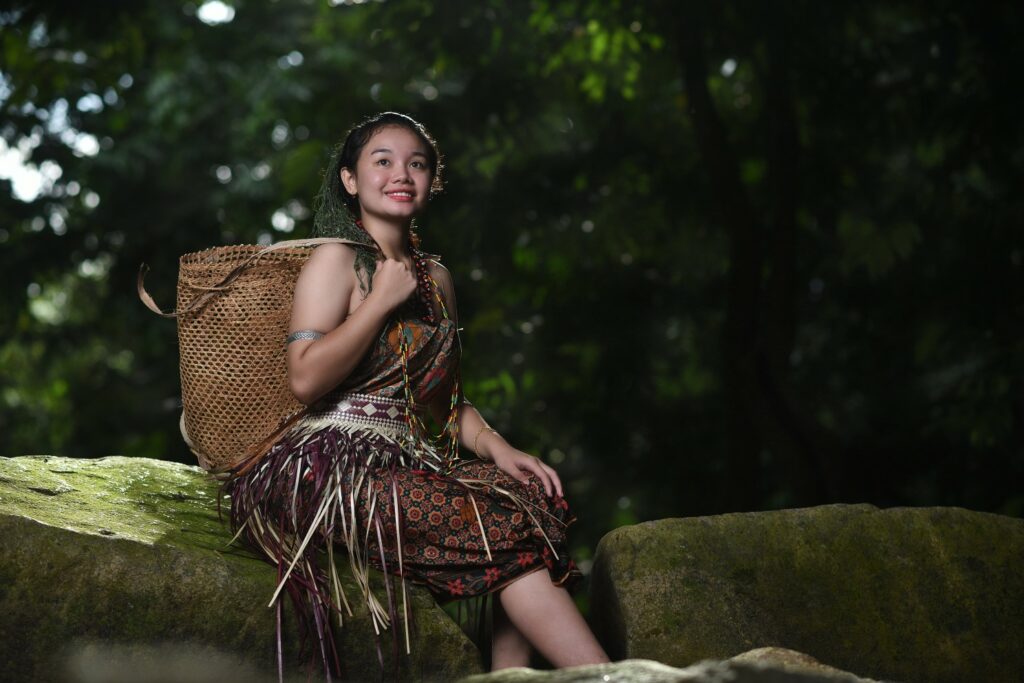
Q: What does education and career look like for the Orang Asli community?
I’m grateful that there is increased awareness on the importance of education in my community now. A lot of Orang Asli youths are educated because of their parents’ encouragement and insisting on sending their children to schools even if they live in more rural areas.
There’s also been healthy competition amongst different Orang Asli tribes now. We all strive to be successful and want to see each other succeed.
Q: What makes your career a fulfilling one to you?
I plan to expose youths in my community to photography as a hobby and career option, it’s especially easier now to start with the use of smartphones. However, the pandemic has put a pause in this plan of mine.
If it weren’t for the pandemic, the Persatuan Kesenian Kebudayaan Orang Asli (PKKOA) and I planned to hold more introductory lessons for Orang Asli youths. I want to be able to create talented photographers from my community who will then surpass me.
It used to be a cultural norm in my community to share what we have or find (like rice) with the rest in our tribe. In a way, what I do now with my photography lessons is a form of sharing what I have with those around me.
Q: Are you working on any projects and where can we follow you for updates?
I update my photography work and association activities on Facebook. The Persatuan Kebudayaan Kesenian Orang Asli (PKKOA) isn’t well funded, so the organization members contribute what they can and try to use platforms that are free and easy to access.
As for upcoming projects, we are working on an Orang Asli Traditional Wear contest and an Orang Asli Bridal Wear contest in the future. We do have other plans in the works that involve schools and Orang Asli students but are still looking for sponsors to make it happen.
We have online traditional dance lessons now that are open to association members. Besides that we also host hiking trails to encourage Orang Asli youths to appreciate nature. The environment is a large part of our life and culture.
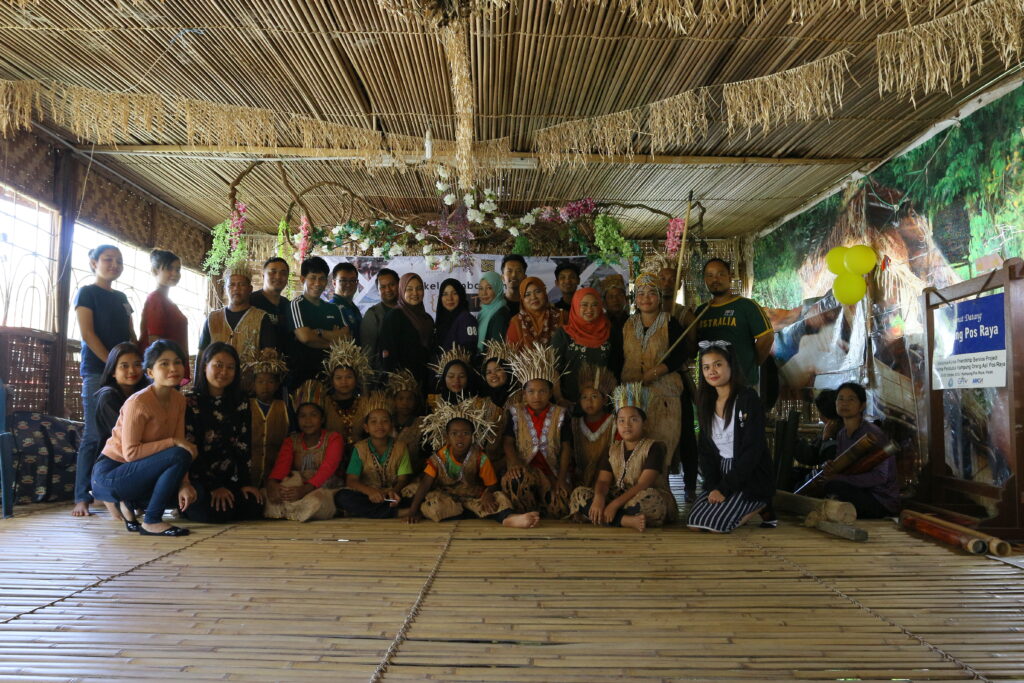
Q: What is your advice to those who have not found their calling?
When finding your calling, whether in photography or any other careers, I think it’s important to look at your surroundings and identify what you are closest to and what matters most to you. For me, it’s my cultural identity. I am an expert in my own lived experience.
I saw a gap in the way the Orang Asli is portrayed in photography. Simply by providing an authentic view of Orang Asli from the lens of someone who is actually part of the community, I took the opportunity to create a niche for myself.
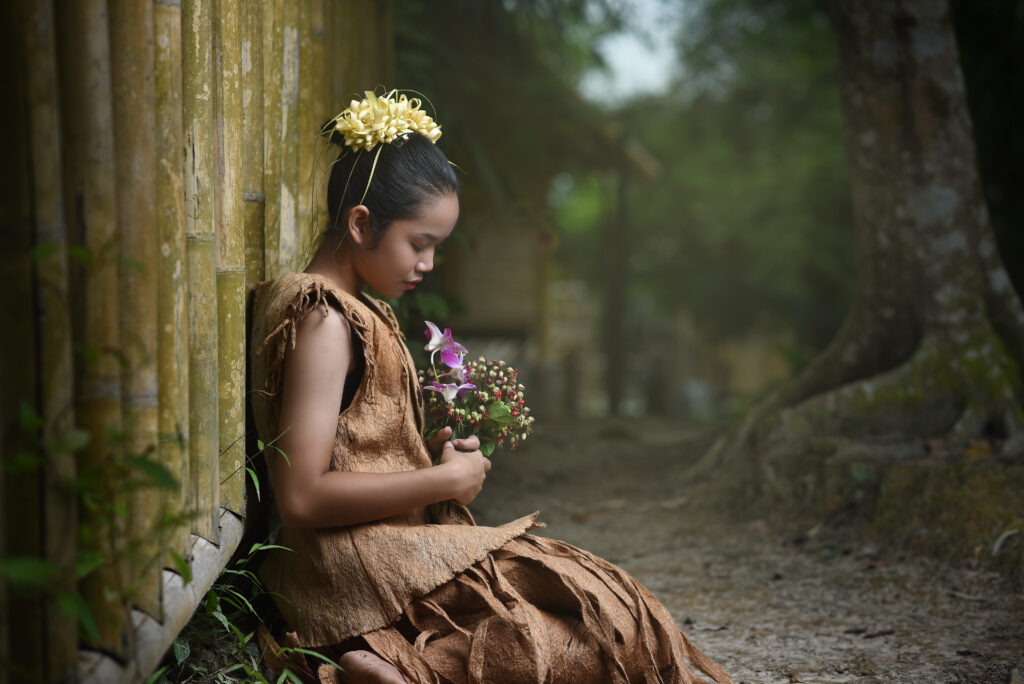
Ronnie Bahari was among the participants for Pera + Flora + Fauna: Collateral Event At the 59th International Art Exhibition – La Biennale di Venezia, Venice Italy from 23 April to 27 November 2022. The video documentary presented by Kapallorek Artspace in collaboration with Ronnie, Karoog Kiha Nyep – Fragile and Disappearing (2022), depicts the discovery of cave paintings by local archeologists in Perak, marking the past memories of indigenous communities in Malaysia.
